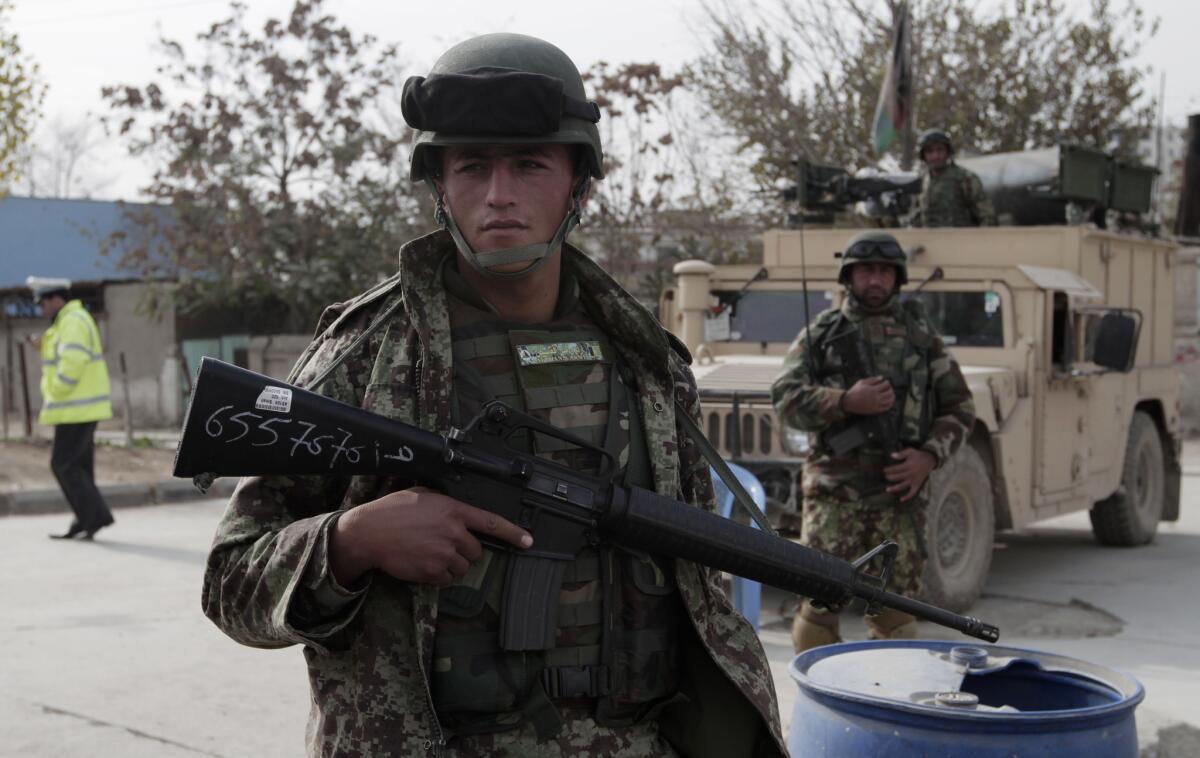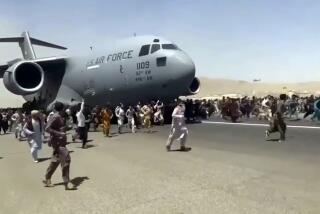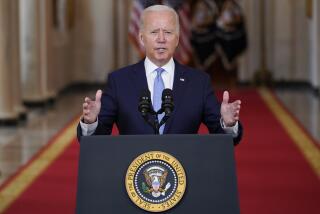The Afghanistan question: How many U.S. troops should remain?

After more than a decade of U.S. military involvement in Afghanistan — and almost 2,300 American deaths — many Americans would be content if this country reduced its troop presence there from the current 47,000 to zero by the end of next year. That’s the point at which Afghan forces are supposed to take responsibility for internal security.
But the Obama administration makes a persuasive case that some residual force is necessary to ensure that country’s stability. After months of painstaking negotiations, U.S. and Afghan officials recently reached a bilateral security agreement designed, in President Obama’s words, “to train security forces, and sustain a counter-terrorism force, which ensures that Al Qaeda can never again establish a safe haven to launch attacks against us or our allies.”
Now Afghanistan’s unpredictable president, Hamid Karzai, says he won’t sign the agreement until after elections in April to choose his successor. He also insists on new concessions from the United States, including the release of Afghans imprisoned at Guantanamo Bay and a ban on searches of Afghan homes by U.S. personnel. The Obama administration dispatched National Security Adviser Susan Rice to tell Karzai that such a delay was unacceptable and that “without a prompt signature, the U.S. would have no choice but to initiate planning for a post-2014 future in which there would be no U.S. or NATO troop presence in Afghanistan.”
The word “prompt” provides the administration with some flexibility, and that’s fortunate. Exasperating as Karzai may be, he is still Afghanistan’s leader and his expressions of concern about heavy-handed (and at times criminal) actions by U.S. personnel reflect the understandable anxieties of many of his countrymen. And there is reason to believe that he will sign the agreement sooner rather than later. It has been endorsed by a 2,500-member council of civic leaders and tribal elders, and some of that body’s prominent members are pressing Karzai to act quickly.
The agreement doesn’t specify how many Americans would remain after 2014. Some administration officials have talked about a “light footprint” strategy consisting of a few thousand troops, including special operations forces. Some Republicans in Congress argue that a much larger deployment — 10,000 to 12,000 troops — would be required to prevent Afghanistan from backsliding into chaos.
We believe that the administration should err on the side of restraint, and there is evidence that Afghan forces have improved enough to make a large U.S. deployment unnecessary. But a complete withdrawal wouldn’t be in the interest either of this country or Afghanistan, and the U.S. should be careful not to argue with Karzai in a way that backs him into that corner.
More to Read
A cure for the common opinion
Get thought-provoking perspectives with our weekly newsletter.
You may occasionally receive promotional content from the Los Angeles Times.






